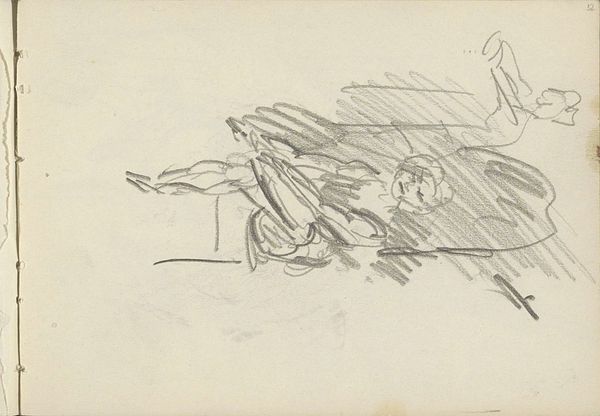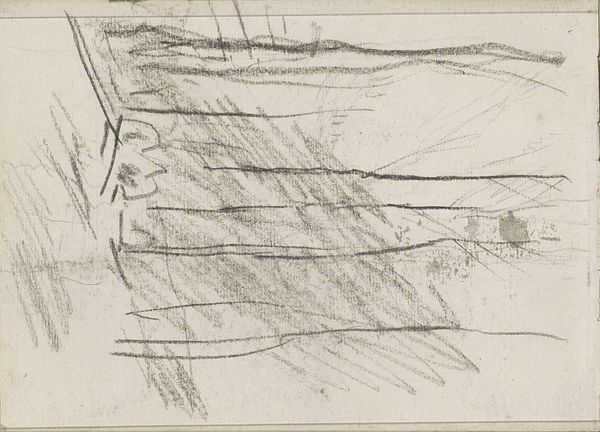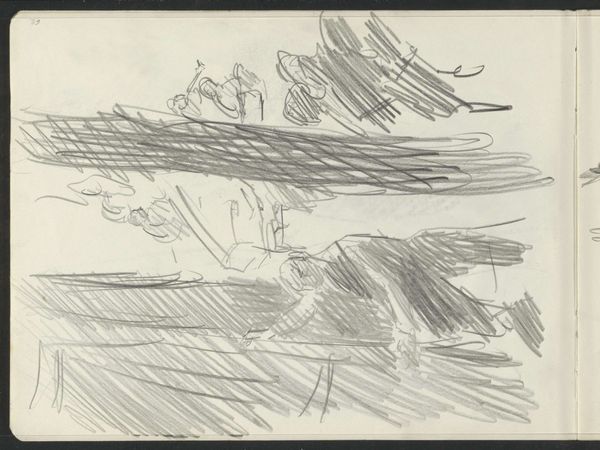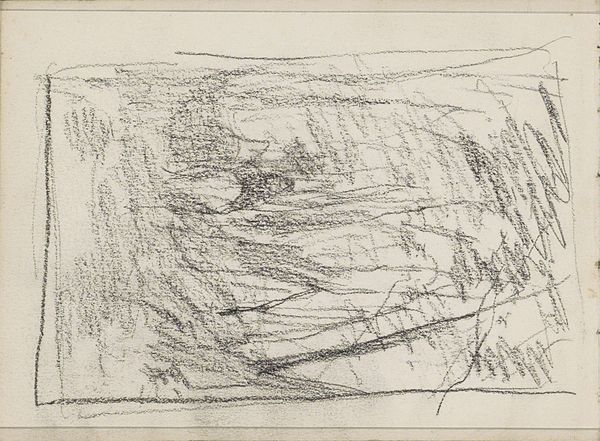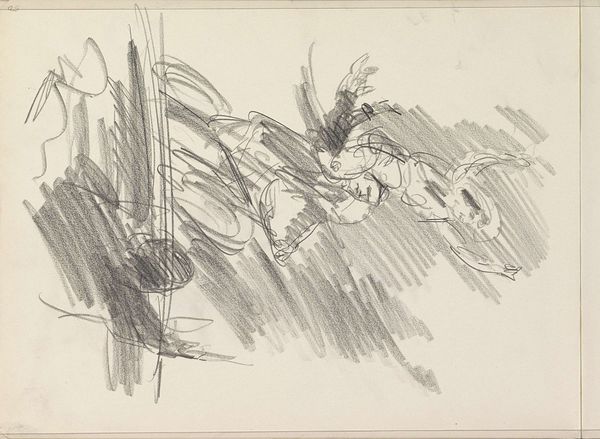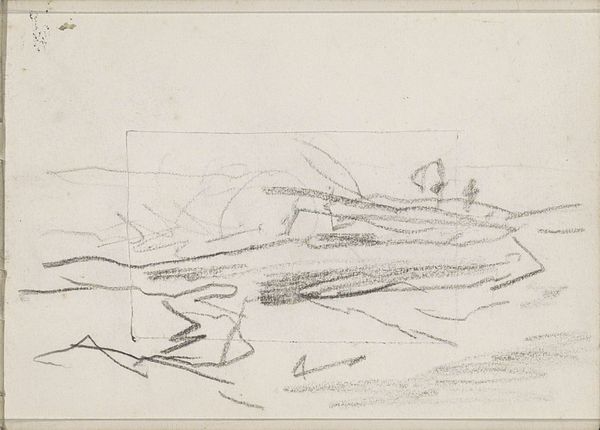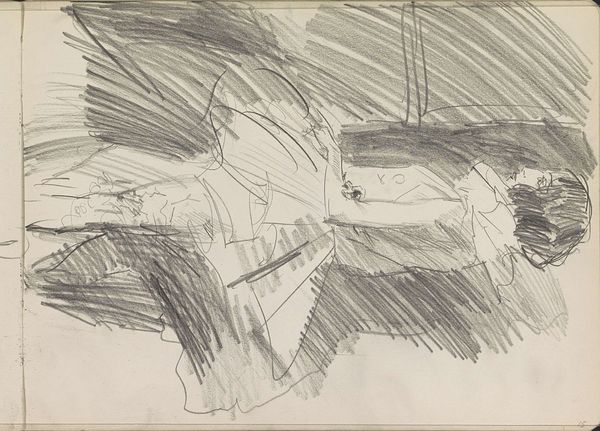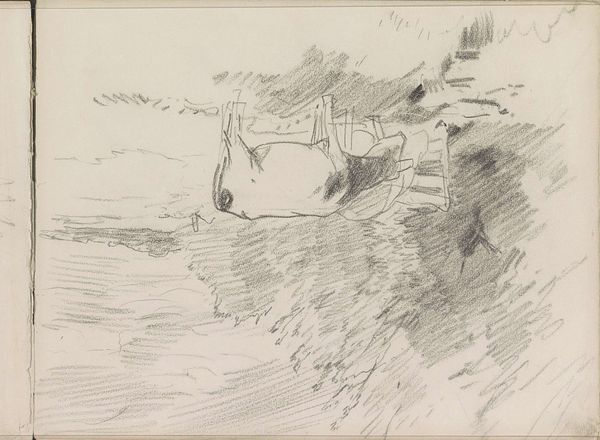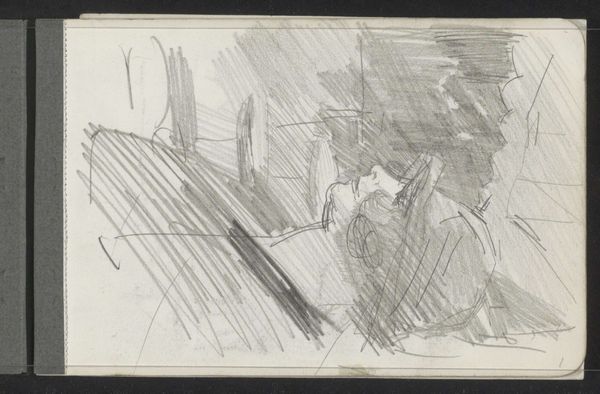
Staande vrouw in een lange jurk, mogelijk een danseres c. 1915s - 1925s
0:00
0:00
Copyright: Rijks Museum: Open Domain
Editor: This is Isaac Israels' "Standing Woman in a Long Dress, possibly a dancer", a pencil drawing from somewhere between 1915 and 1925, held at the Rijksmuseum. The energy is palpable, almost frenetic. What cultural narratives do you see at play here, beyond just a quick sketch? Curator: Well, the sketch’s very ambiguity opens it to many narratives, doesn't it? Consider the era – post-Impressionism grappling with rapid social change, and burgeoning modern dance that offered women new forms of expression and challenged traditional roles. The dancer depicted challenges us: is she caught in a moment of vulnerability, of becoming? Editor: Becoming? Could you elaborate? Curator: Absolutely. Notice how the lines don’t quite solidify the form. It is in progress, a construction. If we view it through a feminist lens, we might see the representation of a female subject asserting autonomy through movement, breaking from the static poses often demanded by patriarchal artistic traditions. This incompleteness resists objectification. Editor: So the sketch-like quality is itself a statement? Curator: Precisely. Think about how academic art confined women within strict visual codes. Israels, intentionally or not, offers a resistance. The unfinished quality becomes an act of liberation for the figure, resisting being fixed and defined. How do you interpret the setting, the marks surrounding her? Editor: I hadn’t thought of that. It is compelling to think that the background does not actually exist. All these things considered, it's less a portrait and more an action of being. Thank you, that was very insightful. Curator: And for me as well. It’s vital to recognize that art speaks differently across different eras and perspectives, reflecting the ongoing dialogue between power, representation, and lived experience.
Comments
No comments
Be the first to comment and join the conversation on the ultimate creative platform.
